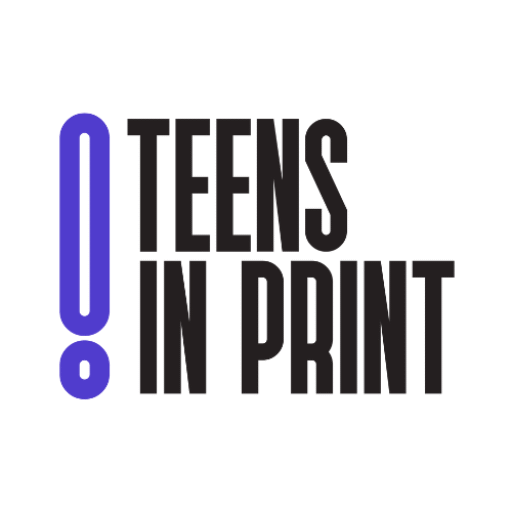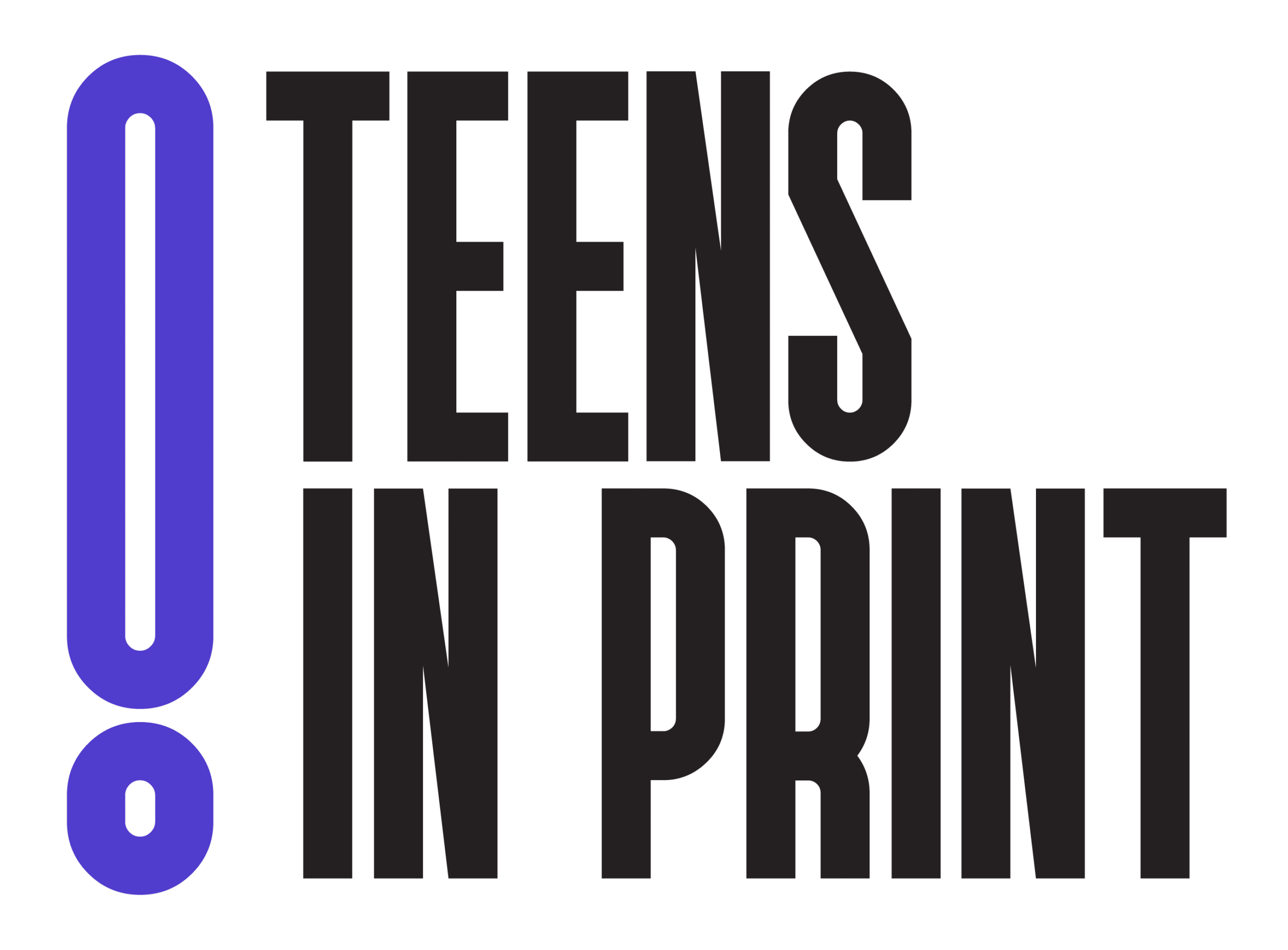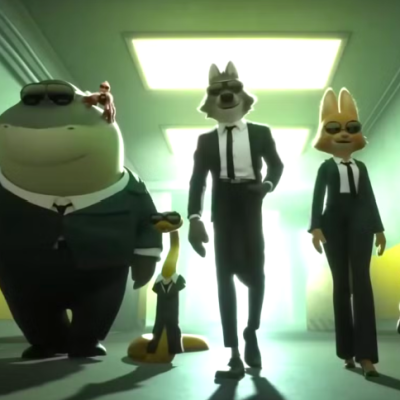Let’s Get Blue Youth Podcasting!
On the eve of the 2024 Presidential election, not everybody was expecting Trump to win the presidential election by 312 electoral votes against his opponent, Kamala Harris. While she was winning the electoral college and the popular vote in key swing states like Georgia, Pennsylvania, Wisconsin, and Arizona, it turns out that the rest of America would rather have a convicted felon in office than an experienced Black prosecutor and former senator. Why this happened is a question various political analyses and news outlets are still trying to grasp. Analysts are most perplexed with how Trump managed to appeal to certain demographic groups, in addition to his success in garnering support in once prominently blue areas, even after his suspected role behind the January 6th insurrection.
Supporters of Biden claim Harris’ campaign fell short because she overperformed in attacking her opponents’ rhetoric, rather than proving how her policies differed from the 82-year-old president. Conversely, Harris supporters blame Biden for stepping down 15 months into his campaign, believing he should have dropped out earlier, following his poor debate performance in June 2024. With Biden deciding to drop out of the race a month later, Kamala Harris only had four months to campaign.
Some say Donald Trump was elected because of his firm claim to tackle rising inflation, foreign wars, and security surrounding the Mexican-American border. All of these reasons are plausible, but I think there is a deeper contributing factor, a cultural shift in young voters that has spread even among blue states. As a teenage observer of this election, I have witnessed an upturn in Christian nationalism in youth. This is partly due to the rise of Christian faith in pop culture, whether through Lana Del Ray, Zach Bryan, or Trad-wide trends.
The impact of pop culture brought the rise of Conservative media outlets such as the Ben Shapiro Show, Joe Rogan Podcast, and Charlie Kirk Show whose viewers have increased since the 2024 election. Compared to the 2020 election, when Trump was backed by 37% of youth, the conservative support base has now increased by 49%. In light of this data, a rise in cultural conservatism is reflected not just by Trump himself, but by younger Conservative leaders urging youth to follow in their footsteps, podcasting Christian Conservative values. This type of culture, prominent in Southern universities, including The University of Tennessee, Knoxville, the University of Georgia, and the University of Alabama, within religious groups and online has become more prevalent as a new initiative for these young conservatives. Vanity Fair writer, Mark McKinnon, witnessed a rise of Conservative pride at the University of Georgia. Specifically, he has noticed a shift in young men. “I have been encountering more and more evidence that something new is afoot within the cohort of young men,” said McKinnon. Charlie Kirk, the pro-conservative recruit of youth, led this event. At the event, Kirk encouraged his followers to engage in a Q&A session, to debunk the ideas of liberal-leaning students. Kirk’s rhetoric intended to make his supporters believe that the Democratic Party’s modern values target them. Thus far, this has proved effective, with 2.6M followers on YouTube and 4.2M on Instagram.
Additionally, influencers mostly inexperienced in political knowledge, have been another factor attracting Gen Z voters – like Donald Trump’s youngest and 18-year-old son, Barron Trump. Reportedly, he was the mastermind behind the Trump campaign, as he succeeded in exposing Trump to masculine figures he wouldn’t have otherwise known – resulting in Trump’s appearance on Joe Rogan’s podcast as well as advertising his political campaign with Logan Paul. According to USA Today, “John Shahidi − the co-founder of the Shots Podcast Network, home to the Nelk Boys and Theo Von, among others − says Trump’s podcast appearances were part of an effective strategy by his campaign to reach young men, as well as any other voters whose media diet doesn’t consist of legacy news.”
Perhaps this raised the interest of the once apolitical population, who only became interested in politics through Trump’s messaging. It was in this way that they were able to relate to Trump’s tone of seeking vengeance as he voiced their frustrations, a style that mimics that of leaders from Joseph Stalin to even Hitler. As a psychological performance seeking hate and anger, Trump’s voice manages to fuel vitriol, whether it be toward Democrats, immigrants, or People of Color. For youth, it means that they want “Time to Take Back America” and “Make America Great Again,” as indicated by 5.6 million users on Instagram, and through Donald Trump’s Campaign message. It is a way for them to justify that they have something to fight for, with how society is changing. But perhaps, their worship is just an illusion fueled by raging MAGA conservatives, managing to manipulate this mentality among young voters.
But what does this show about the political divide in America? Should we include a diverse set of ideologies in the Democratic party, even including Republican voices that do not pose harm? We are unique as the democratic party, as we are the party that stands up for minorities and economic justice and that is our true power. But how are we getting this message across?
From what I noticed, Harris was strategic in gathering youth, and trying to break political misinformation through the Kalama HQ media campaign. She was a youthful candidate who knew how to have a good laugh. Harris understood the importance of branching out from traditional media programs – expanding her message to mainly white working-class Americans in rural areas, rather than multiethnic Americans, most specifically the Muslim population in Michigan. Yet on average, Trump managed to win the Muslim vote by 21%, whereas Harris only won the Muslim vote by 20%. This is most likely due to Kamala’s support of Biden’s handling of the Israel-Gaza war. Thus, Kamala’s past gave Muslim voters the impression that she was working to prolong the Israel/Gaza war rather than “end it,” and they’d rather support Trump’s radical message of ending all foreign conflict.
On a national scale, however, Harris struggled to address the Republican audience, which involved the difficult task of communicating directly with the media that opposed her. Journalist Victor Shi reports from the Mercury his view on networking for the 2024 election. “The Harris campaign spent most of its time on the shows it wanted to engage with, rather than shows with which it needed to engage. Put simply, the Harris campaign minimized its risks. In this election, that strategy fell short,” says Shi.”
Due to this insular sphere of information, Harris’ messages may have not been widely regarded, possibly due to the fear of intense racist vitriol of fierce and demeaning opposition. This is possibly why a rise of youth resorted to listening to conservative informational outlets, which are expanding at a rapid rate.
Does this mean that the Democratic party is doomed and that radical change does not have a future in a potential blue wave? Some may think so, but as a young progressivist, I still believe there is time to create real change in the Democratic Party, even during a Republican Presidency.
We should use Trump’s victory to understand what we need to improve on as a party. We may have fallen short as Bernie Sanders said in communicating with average working class Americans and favoring corporations over regular people. The democrats party’s limited action and its geared response toward establishment have limited the pathway for young voices. Though we already went through the election, this doesn’t mean that we have limited time to act.
This may involve taking inspiration from the MAGA republicans platforming achievements to create a progressive media of our own. A young person who can influence and relate to the minds of youth as if they truly have a future to fight for, which any person from any demographic can be a part of through mass recruitment. We need a podcast culture of our own and we can start what Harris and Walz started.
We can proudly hold the American flag despite those trying to distort America’s meaning. And I see that we are starting to do that, with a new generation of left-leaning podcasters emerging. It is the beginning of podcasting culture, and we need to foster our voices not through a behind-the-scenes technique but through a vocal and active online approach.
We can create our version of Charlie Kirk and destroy injustice within a quick second showing that we are not afraid. If we show this example, we might be able to replace the MAGA virus with a blue-leaning comeback that will blow Kirk off his bed. And let’s get together as future change makers with full trust to make a blow media comeback. We got this!










